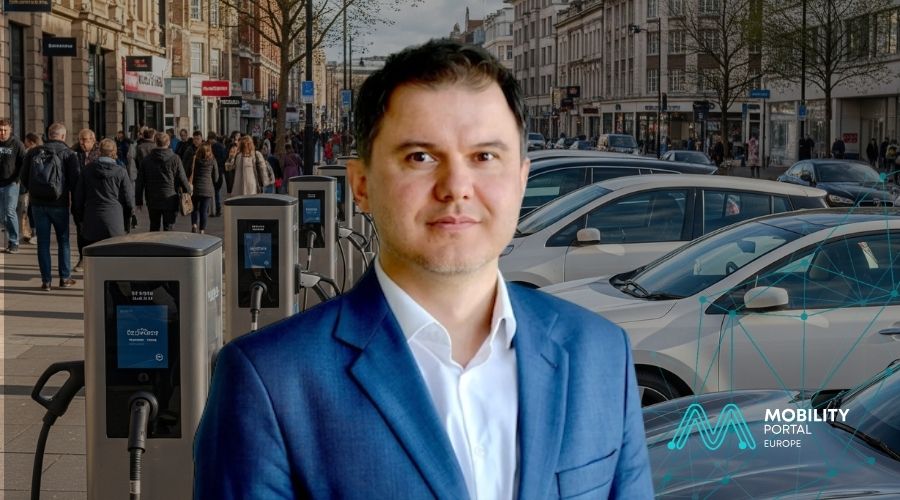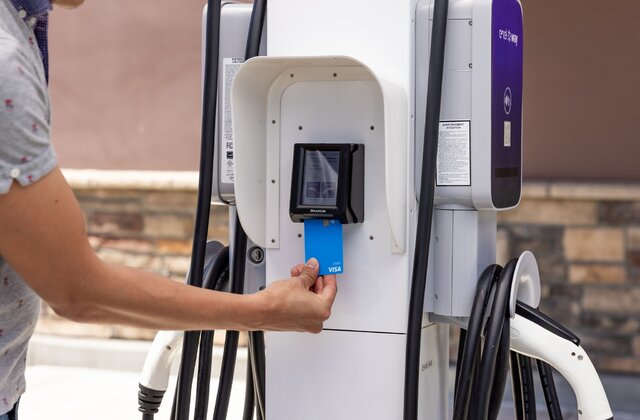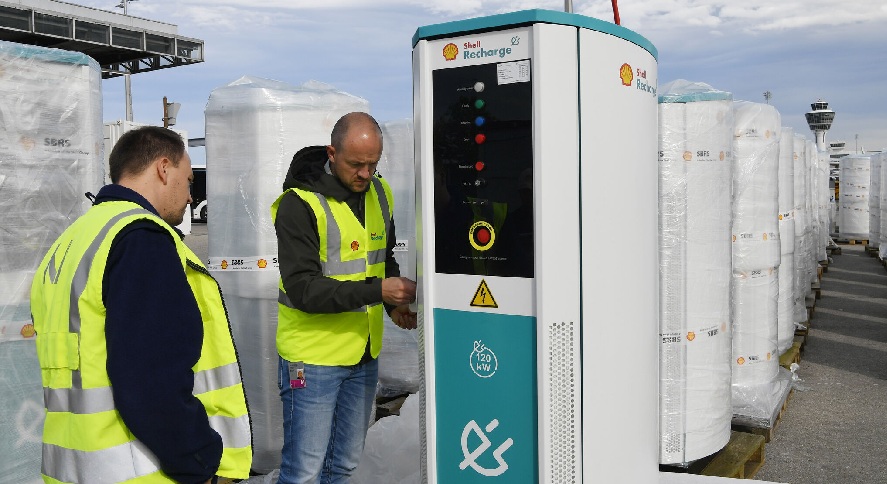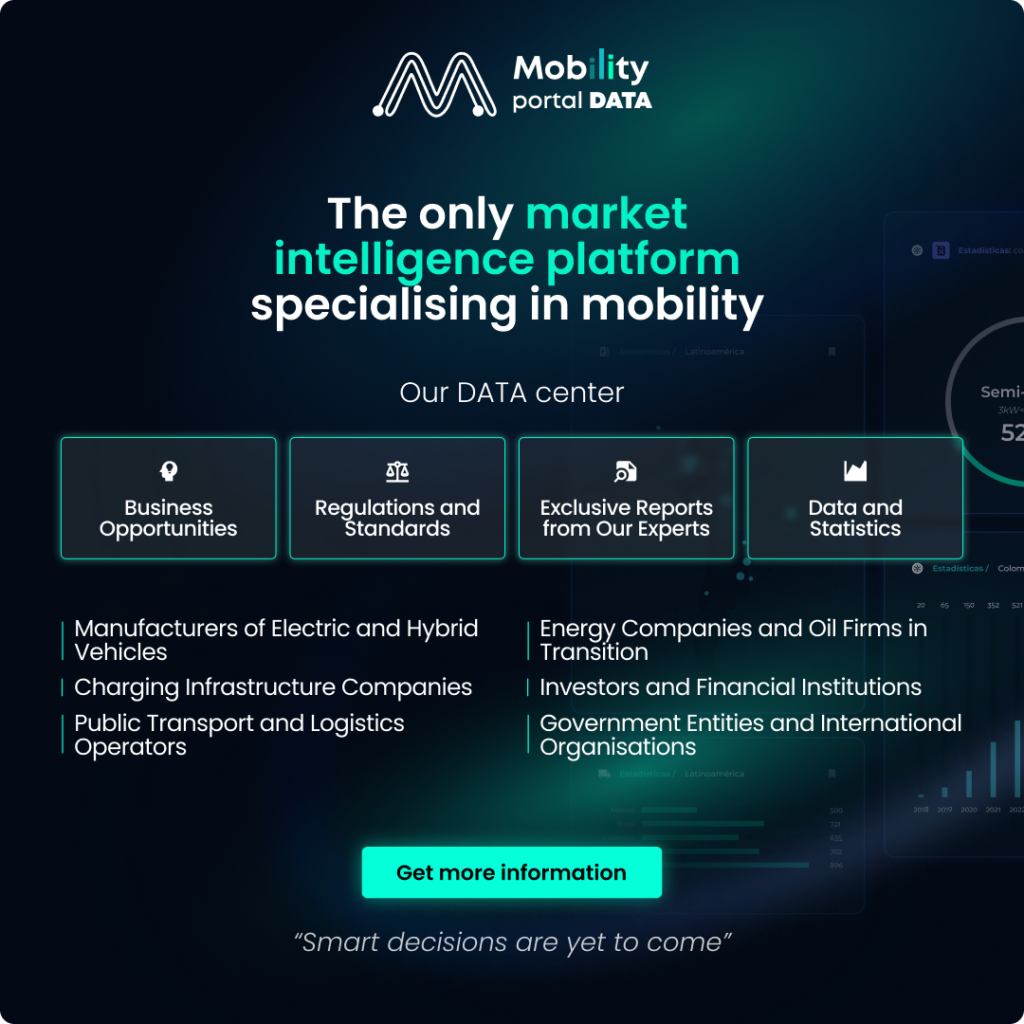The European Union (EU) reached a historic milestone in July 2025, as the total number of publicly accessible charging points surpassed one million, according to data from the European Alternative Fuels Observatory (EAFO).
Specifically, by the end of the seventh month of the year, the EU had 1,005,080 devices, of which 833,643 were alternating current (AC) and 171,437 were direct current (DC).
This progress in charging infrastructure must be accompanied by improvements that enhance the user experience. After all, the goal is to make charging an electric vehicle (EV) as straightforward as refuelling with petrol or diesel.
To explore the areas that still require development, Mobility Portal speaks with Patrik Krizansky, Vice-President of E-Mobility Europe and President of the Slovak Electric Vehicle Association (SEVA).
Beyond the number of charging points, what are the main challenges that still need to be addressed to improve the EV charging experience?
There has been rapid progress, but much remains to be done. EV charging needs to move to the next level.
Users should have access to seamless charging that covers most of their needs, including the ability to travel long distances by road.
This involves not just the number of stations, but also their locations, charging speeds, and simple billing and payment options.
Pricing is also a crucial factor…
In some countries, like France and Denmark, a wide range of providers leads to competitive pricing.
In others, such as Germany, high costs pose a barrier to rapid adoption, with the price per kWh being too high in many cases.
It’s a problem that many charge point operators (CPOs) are reluctant to offer competitive roaming prices, creating closed ecosystems where drivers end up paying more outside their “home” network.
Using foreign charging networks is often expensive.
However, this situation is gradually improving…
The market is maturing. We’ve already come a long way.
Before the pandemic, the focus was mainly on enabling roaming—simply being able to “unlock” a charger from another network.
Between 2015 and 2020, key topics of discussion were long-distance travel and uninterrupted charging.
Now we’ve moved to the next level, tackling issues such as the overall charging experience, better integration with electricity grids, and providing flexibility.
When it comes to the number of charging stations, what’s needed to enable true large-scale deployment?
The real breakthrough for faster charger rollout lies at the distribution grid level.
We need to simplify the connection process and make it more transparent, digital, and automated.
For example, public online maps showing grid capacity could help speed up decision-making about potential locations. This alone would greatly support charge point developers.
That said, it would be unrealistic to expect chargers on every street corner overnight, especially given the gradual growth of the EV fleet.
In which areas is greater investment needed?
More investment is needed in grid infrastructure, digitalisation, and the implementation of smart charging models—where EV batteries are seen as part of the solution.
It’s not just about more plugs, but about smarter chargers within a smarter grid.
How can people be further encouraged to choose EVs over combustion vehicles?
This year, we’ve seen record levels of EV production in the EU—especially in Germany, the bloc’s largest car producer—where electric cars now account for 40% of total production, up from 30% in 2024.
But now European consumers are demanding more small and mid-sized models.
The trend is clear: more people are likely to go electric when there’s a genuine variety of price points, sizes, and body styles.
DISCOVER MOBILITY PORTAL DATA
Explore Mobility Portal Data, an exclusive new market intelligence platform offering reliable data and key reports to support smart decision-making across the automotive sector — covering both combustion and electric vehicles, as well as charging infrastructure.
Research, trend analysis, and well-organised statistics, clearly and accurately presented, along with up-to-date insights — all just one click away.
With Mobility Portal Data, better decisions are just around the corner.
READ MORE
-
E-Mobility milestone at Munich Airport: SBRS powers up new depot with 50 e-bus chargers
With 50 charging points delivering 120 kW each, the new Munich depot already supports 37 electric buses—soon to be scaled up to 72—setting a new benchmark for sustainable airport mobility.
-
Strategic alliance aims to boost the flexibility of smart electric vehicles in Europe
The partnership combines Voltalis’ nearly two decades of expertise aggregating flexible energy assets with Virta’s advanced EV charging platform, spanning over 120,000 charge points and more than 1,000 business customers across 35 countries.
-
ChargeLeague lanza WATT 2025 y llama a “redefinir la experiencia de carga” en Europa
El evento marca el debut oficial de ChargeLeague —nuevo nombre de Spark Alliance— y sienta las bases para una hoja de ruta común hacia la adopción masiva del vehículo eléctrico en Europa.












